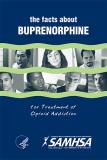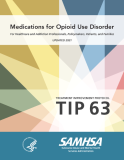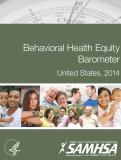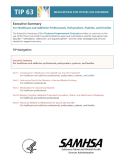
This advisory summarizes data on the use of sublingual and transmucosal buprenorphine for the medication-assisted treatment of opioid use disorder.
Units per Product
Download
Advisory: Sublingual & Transmucosal Buprenorphine
File Type: PDF
File Size: 420 KB







